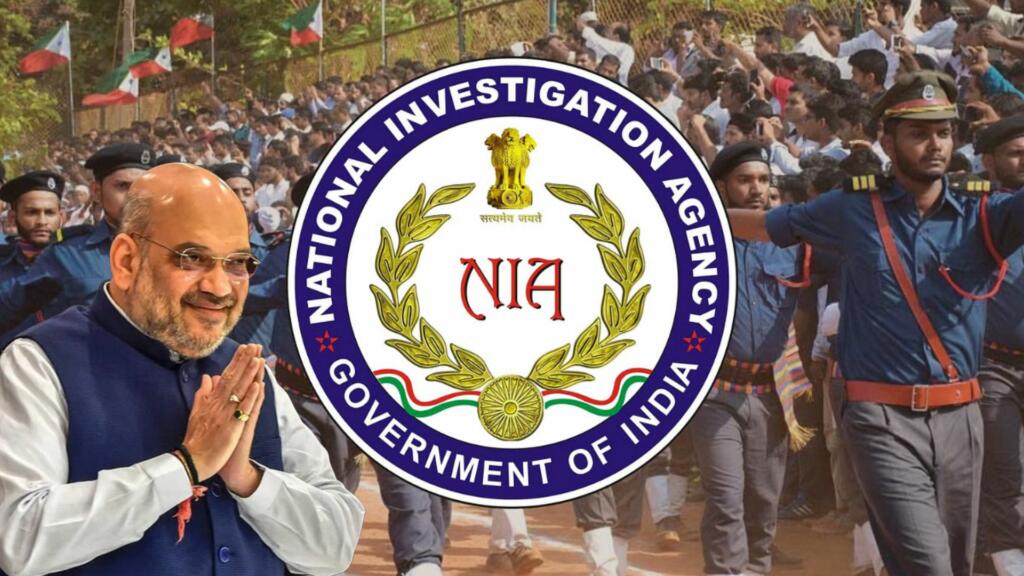The National Investigation Agency (NIA) has taken a significant step in counter-terrorism efforts by establishing the National Terrorism Data Fusion & Analysis Centre (NTDFAC). Modeled after the Global Terrorism Database of the United States, NTDFAC is set to be inaugurated by Union Home Minister Amit Shah. This initiative marks the first-time compilation of details of terrorists, encompassing groups such as Indian Mujahideen, Lashkar-e-Taiba, and Khalistani militant organizations.
Data Collection and Integration
The NIA has embarked on a comprehensive data collection mission, gathering information on terrorists and their associates. This includes case histories, fingerprints, videos, pictures, and social media profiles. NTDFAC integrates multiple databases, such as the National Automated Fingerprint Identification System, Integrated Monitoring of Terrorism, and the National Integrated Database on Arrested Narco-Offenders, creating a unified platform for streamlined analysis.
Technological Capabilities
Equipped with state-of-the-art technologies, NTDFAC boasts a face recognition system that allows the scanning of suspects’ pictures from any CCTV footage. The system holds an impressive repository of over 92 lakh fingerprint records, data from more than 22,000 terrorist cases, and information on over 5 lakh narco offenders, ensuring a robust foundation for advanced analysis and investigations.
Holistic Counter-terrorism Approach
Union Home Minister Amit Shah advocates a ruthless approach against terrorism, emphasizing the prevention of new terrorist group formations. NTDFAC emerges as a crucial tool not only for NIA officers but also for state police forces. Its capabilities extend beyond mere identification, empowering law enforcement to dismantle the entire ecosystem supporting terrorism.
Also Read: Google’s “Adobe Premiere Pro” Killer is here
Voice Sample Integration
While the current database incorporates videos and photographs, the future vision of NTDFAC includes integrating voice samples for more precise identification. This forward-looking approach demonstrates a commitment to enhance capabilities and adapt to evolving threats continually.
Global Inspiration
Drawing inspiration from the Global Terrorism Database of the United States, which chronicles over 125,000 terrorist attacks from 1970 to 2013, NTDFAC aligns itself with international best practices. This global perspective enhances the effectiveness and relevance of the database in addressing the transnational nature of terrorism.
Ministry of Home Affairs Role
The Ministry of Home Affairs plays a pivotal role in the fight against terrorism by banning 39 terror organizations and designating 56 individuals as terrorists under the Unlawful Activities (Prevention) Act (UAPA). This underscores the government’s commitment to taking decisive action against those posing a threat to national security.
The establishment of NTDFAC underscores India’s commitment to combating terrorism through a multifaceted approach. With a focus on data integration and advanced technologies, the initiative aims to provide an effective tool for law enforcement agencies in identifying and neutralizing terrorist threats. The inclusion of voice samples in the future further emphasizes the commitment to root out terrorism and its associated networks.
